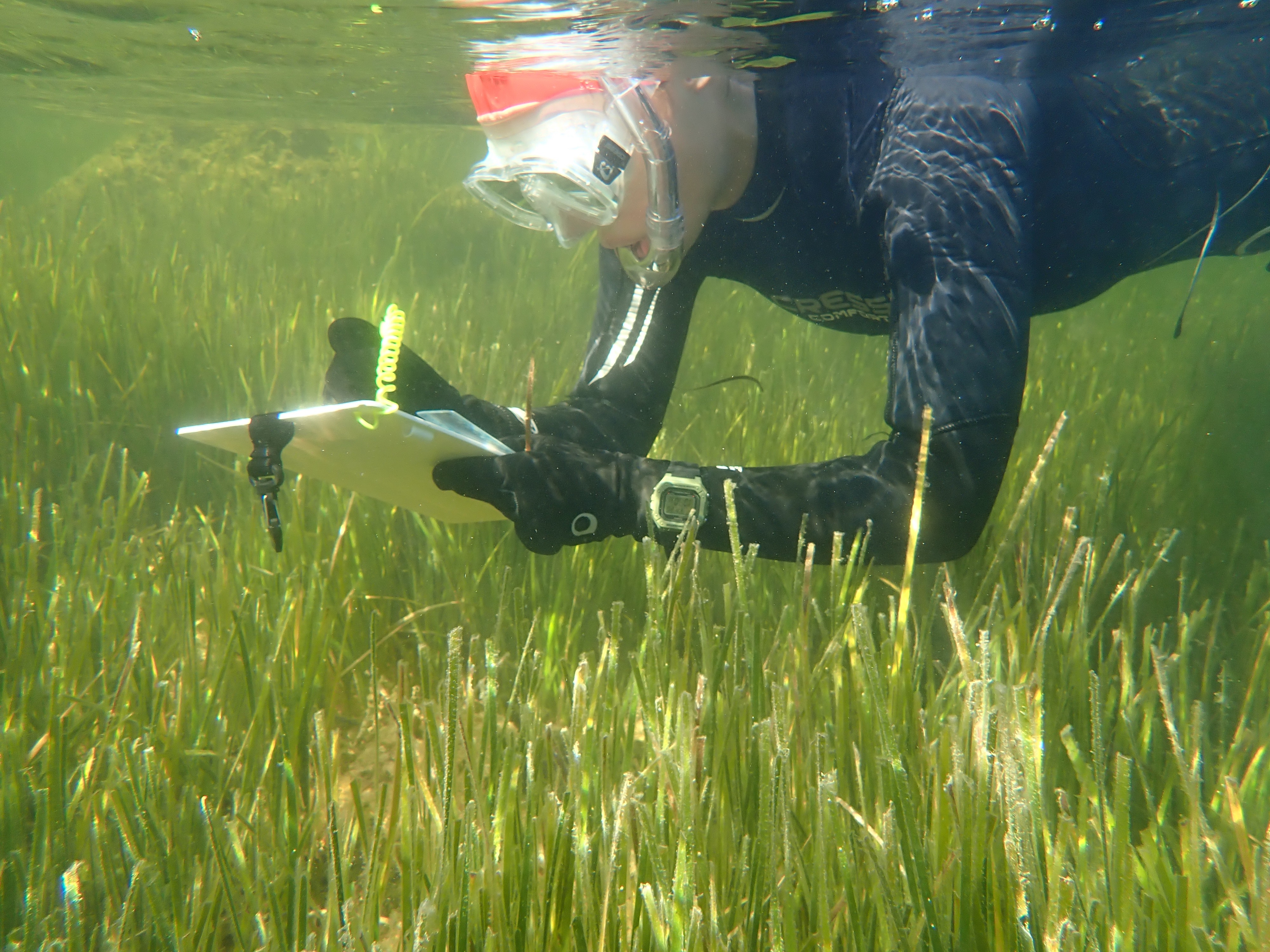Autonomous vessels in the service of the protection of the Adriatic Sea: How the BRIGANTINE project helps to preserve sea meadows

The Adriatic Sea, one of the most beautiful and important natural resources of Croatia, hides in its blue depths ecosystems of exceptional importance. Among them are algae and seagrass meadows, which are crucial for maintaining the balance in the marine environment. However, these underwater "meadows" are sensitive to changes, pollution and human activities, so their monitoring has become extremely important. It is precisely this research that will be the focus of the multidisciplinary team gathered on the BRIGANTINE project, in which scientists from the Ruđer Bošković Institute (IRB) also participate.
The BRIGANTINE project, which started in June 2024, is funded by the European Union through the Interreg Italy-Croatia cross-border cooperation program, and the consortium brings together experts from Italy and Croatia. It is multidisciplinary, which means that it includes experts from different scientific fields - biologists, engineers, oceanographers and others. They all work together to better understand how marine ecosystems are changing and what we can do to preserve them.
For the purposes of the research, scientists will use autonomous vessels equipped with cameras and sensors to map the seabed, monitor the state of algae and seagrasses, and record chemical data on seawater quality. This data will help scientists understand where these meadows are most endangered and how best to protect them.
Autonomous vessels in action
The use of autonomous vessels (ASVs) in this project brings a whole new dimension to marine monitoring. These autonomous vessels record beneath the surface of the Adriatic Sea, taking photographs and recording data on seagrass meadows. They also use sensors to measure various parameters such as water temperature, salinity and the presence of potentially hazardous substances. This allows scientists to obtain information that would otherwise be difficult to access in a precise and fast way.
''The collected data will enrich the databases (data hub) used to model the distribution of algae and seagrasses, with the aim of simplifying monitoring activities for more efficient local management of ecosystem resources. Autonomous vessels allow us to collect data from areas that would otherwise be difficult to access, in real time, and allow us to collect a larger amount of information in a shorter time. This way, in the future, we could react faster to possible threats,'' says the project manager for Croatia, Dr. Mirta Smodlaka Tanković from the RBI's Center for Marine Research in Rovinj.
Cooperation between Croatia and Italy to preserve the Adriatic
The BRIGANTINE project is the result of cooperation between scientific institutions from Croatia and Italy. The consortium was created through cooperation between the University of Udine, which is the project leader, the Marche Polytechnic University of Ancona, the CORILA Consortium for the Coordination of Research Activities Related to the Lagoon System in Venice, the Ruđer Bošković Institute and the Faculty of Mechanical Engineering and Naval Architecture of the University of Zagreb. The project, which will last 30 months, has a total value of 1,716,687 euros and is co-financed by the EU through the ERDF and the Interreg Italy-Croatia cross-border cooperation programme.
At the RBI, the project brings together scientists from the Centre for Marine Research in Rovinj and the Division for Marine and Environmental Research in Zagreb. The Brigantine project leader for Croatia is Dr. Mirta Smodlaka Tanković with members of the laboratory, and the RBI team also includes Dr. Blaženka Gašparović from Zagreb with her associates and Dr. Ljiljana Iveša with associates from CMR.
Protecting seagrass meadows for the future
Seagrass meadows, which form important parts of the underwater environment, serve as habitats for numerous species of fish and other organisms, and also play an important role in reducing the effects of climate change by storing carbon. Their disappearance would mean serious consequences for the biodiversity of the Adriatic.
''That's why BRIGANTINE is so important - this project not only allows for detailed monitoring of the state of these ecosystems, but also provides tools for their understanding and ultimately long-term conservation. '' concludes Dr. Smodlaka Tanković.


